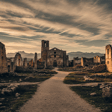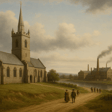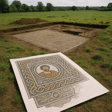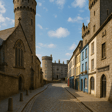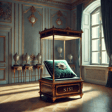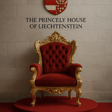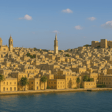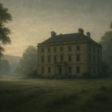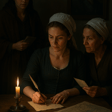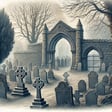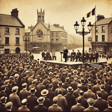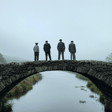
The Art of Heraldry
In episode ten of the new season of Pieces of History, we turn our attention to the ancient and intricate world of heraldry. This episode features an in-depth conversation with Dr. Paul Fox, whose fascinating journey from a career in medicine to heraldic and genealogical scholarship sheds light on the enduring power of symbols, identity, and tradition.
Together, we explore the rich history of heraldry - from its medieval origins on the battlefield to its ceremonial and genealogical significance today. Dr. Fox unpacks the core elements of heraldic design, including the shield, crest, banner, badge, and supporters, explaining how each has evolved over centuries and what they represent.
We also reflect on how public interest in heraldry is shifting in the modern age and discuss how new audiences are engaging with these historic emblems. For listeners curious to learn more, Dr. Fox offers thoughtful guidance on where to begin their own exploration of heraldry.
What do these ancient symbols reveal about the people and societies that created them? And why do they still matter today? Join us as we uncover The Art of Heraldry.
Email: piecesofhistorypod@outlook.com
Facebook: Pieces of History podcast
Instagram: @pieceofhistorypod
Dr. Paul Fox:
https://www.drpaulfoxfsa.com/
